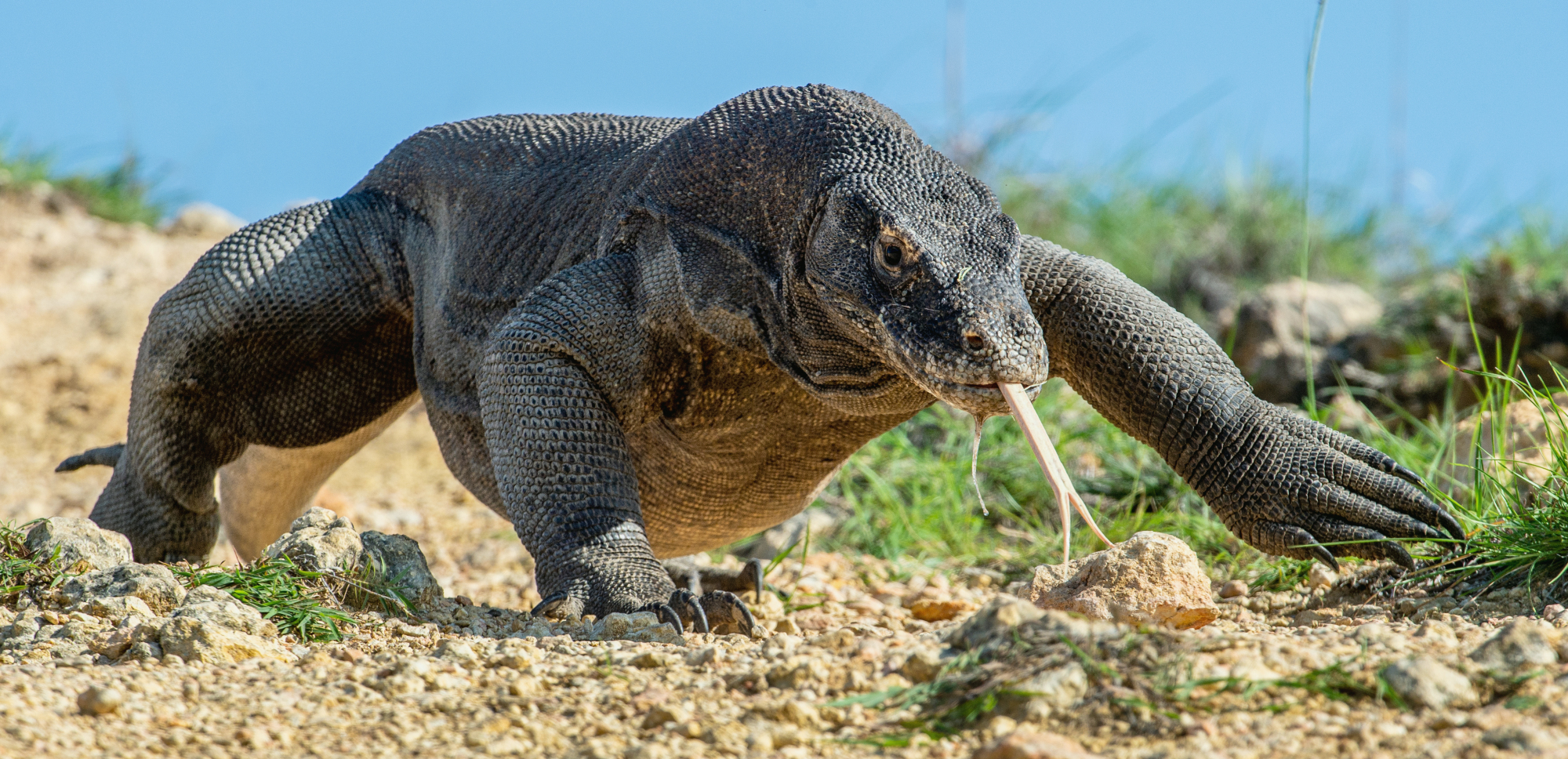There's nothing cuddly about the 5,000 or so Komodo dragons that still roam the wild. They're aggressive, venomous predators that can exceed 3 meters in length and weigh more than 68 kg. They've been known to occasionally attack humans, sometimes fatally. Nonetheless, growing numbers of tourists are flocking to Komodo island to see them. And starting next year, they'll pay up to $1,000 for the privilege.
This new "membership fee," announced at the end of September, is intended to reduce over-tourism, and perhaps save Komodo's signature species in the process. If it works, it could act as a model for some of the world's most ecologically sensitive sites, and the local communities that too often fail to see the benefits of the global ecotourism boom.
Until recently, the idea that Komodo, a 388 square kilometer mountainous rock in the middle of the Indonesian archipelago, might become a tourist attraction was far-fetched. It was sparsely populated for centuries, known almost exclusively to locals. In the early 20th century, rumors of giant crocodiles inhabiting the island reached a Dutch explorer who promptly traveled to Komodo and shot one.

















With your current subscription plan you can comment on stories. However, before writing your first comment, please create a display name in the Profile section of your subscriber account page.